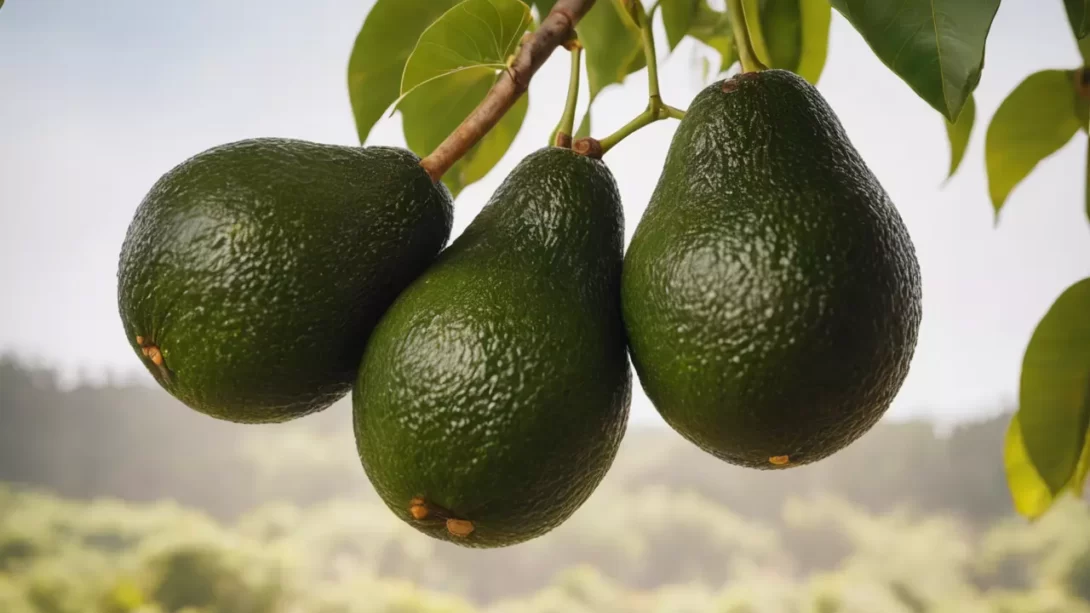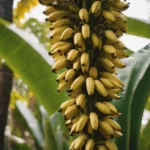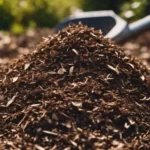Avocado trees, known for their lush foliage and nutritious fruit, have unique fruit-bearing characteristics that can be influenced by various factors. Understanding these factors is crucial for gardeners aiming to expedite fruit production. While avocados are generally slow to start bearing fruit, often taking several years, certain practices can encourage earlier fruiting. This article explores methods to make your avocado tree bear fruit faster, focusing on variety selection, planting techniques, and early tree care.
Selecting the Right Avocado Variety
The choice of avocado variety is pivotal in determining how quickly the tree will bear fruit. Some varieties are known for their faster fruiting timelines compared to others. For example, the ‘Hass’ avocado tends to bear fruit quicker than many other varieties. When selecting a variety, consider your local climate and soil conditions, as avocados thrive in well-drained soils and mild climates. Research the varieties best suited to your region, and consider factors such as cold tolerance and bloom time, which can also affect fruit production.
Planting and Initial Care
Proper planting and initial care set the foundation for the future health and productivity of the avocado tree. Choose a location with plenty of sunlight, as avocados require full sun to produce fruit optimally. The planting site should have well-draining soil to prevent root rot, a common issue in avocados. When planting, ensure the rootball is level with the soil surface and not buried too deep.
Early care is crucial; establish a consistent watering routine, keeping the soil moist but not waterlogged. Fertilization should start once the tree is established, using a balanced fertilizer with nitrogen, phosphorous, potassium, and important micronutrients like zinc and boron, which are critical for avocado trees. Pruning in the early stages should be minimal, focusing only on removing dead or diseased wood and shaping the tree for better air circulation and sunlight penetration.
Enhancing Pollination
Pollination plays a key role in the fruiting of avocado trees. Avocado flowers are unique, having both male and female organs that open at different times. To enhance pollination, consider planting different avocado varieties close to each other. This cross-pollination strategy, especially involving Type A and Type B varieties, can significantly increase the chances of fruit set. Additionally, attracting natural pollinators like bees to your garden can be beneficial. Planting pollinator-friendly flowers and providing a water source can help in attracting these beneficial insects.
Optimal Watering and Nutrition
Watering and nutrition are critical in encouraging an avocado tree to bear fruit. The tree needs consistent moisture, especially during the flowering and fruit-setting stages. Deep watering encourages deeper root growth, which is vital for the tree’s overall health and stability. However, avoid overwatering as this can lead to root rot.
Nutrition is equally important. A balanced fertilizer, rich in nitrogen in the early stages of growth, followed by potassium and phosphorus-rich fertilizers as the tree matures, can promote healthy growth and fruiting. Regular applications of organic matter, like compost or well-rotted manure, can also improve soil health and nutrient availability.
Pruning and Training Techniques
Pruning and training are essential techniques to manage the growth of your avocado tree and encourage fruiting. Pruning helps in removing excess growth, which can sap energy from the fruiting parts of the tree. It also improves air circulation and light penetration, which are crucial for the health of the tree. The best time to prune is in the early spring before the onset of new growth. Training the tree to grow in a certain shape, like an open canopy, can also aid in better light exposure and air flow, promoting healthier growth and fruiting.
Managing Pests and Diseases
Pest and disease management is crucial for ensuring the healthy growth and fruiting of avocado trees. Common pests like avocado lace bugs, mites, and borers, along with diseases such as root rot and anthracnose, can significantly impact fruit production. Regular inspection of the tree for signs of pests and diseases is essential. Implementing organic control methods, such as using neem oil or insecticidal soaps, can be effective in managing minor infestations. For diseases, proper cultural practices, like avoiding overwatering and ensuring good air circulation, are often the best preventive measures.
Environmental Factors and Microclimates
The environment plays a significant role in the fruiting of avocado trees. Factors such as temperature, humidity, and sunlight exposure directly affect the tree’s growth and fruit production. Avocado trees prefer a subtropical climate with moderate temperatures. Protecting the trees from extreme conditions, like frost or intense heat, is important. Creating a favorable microclimate, for instance, by using windbreaks or shade cloth, can help in areas with less than ideal conditions.
Grafting for Faster Fruiting
Grafting is a horticultural technique that can lead to earlier fruit production in avocado trees. By grafting a scion from a mature, fruit-bearing tree onto a younger rootstock, you can significantly reduce the time it takes for the tree to start producing fruit. This method is especially useful if you are looking to produce fruit in a shorter timeframe. Grafting also allows for the selection of specific varieties that may be better suited to your local conditions or personal preferences.
Patience and Regular Care
It’s important to remember that growing avocado trees and encouraging them to bear fruit is a process that requires patience and regular care. Consistent monitoring and adjusting care practices as the tree grows and matures are essential. Keep an eye on growth patterns, flowering, and the tree’s general health, and be prepared to adjust your care approach as needed.
Conclusion
Encouraging an avocado tree to bear fruit faster involves a combination of proper variety selection, optimal planting and care practices, effective pollination strategies, and careful management of environmental factors. By understanding and applying these techniques, gardeners can significantly improve the chances of their avocado trees bearing fruit sooner. Remember, each tree is unique, and what works best can vary depending on specific conditions and the tree’s individual characteristics. Stay informed, patient, and adaptable in your avocado cultivation journey.



